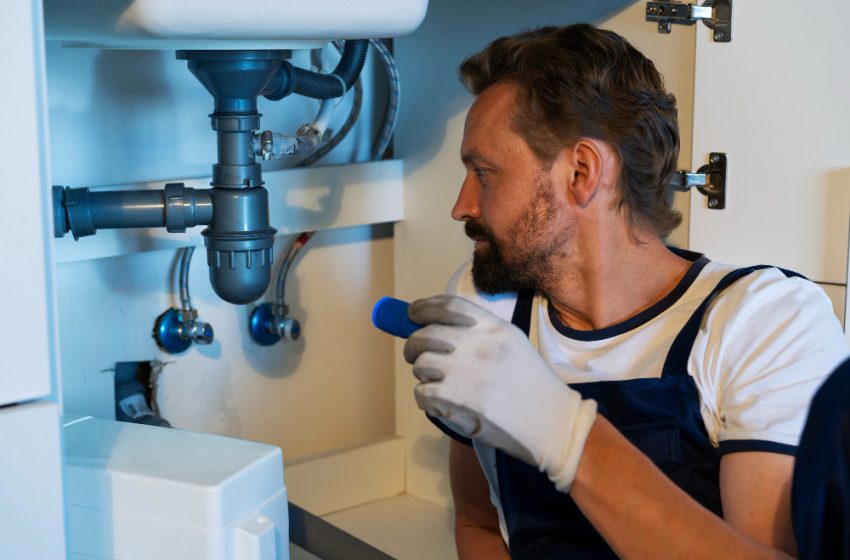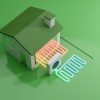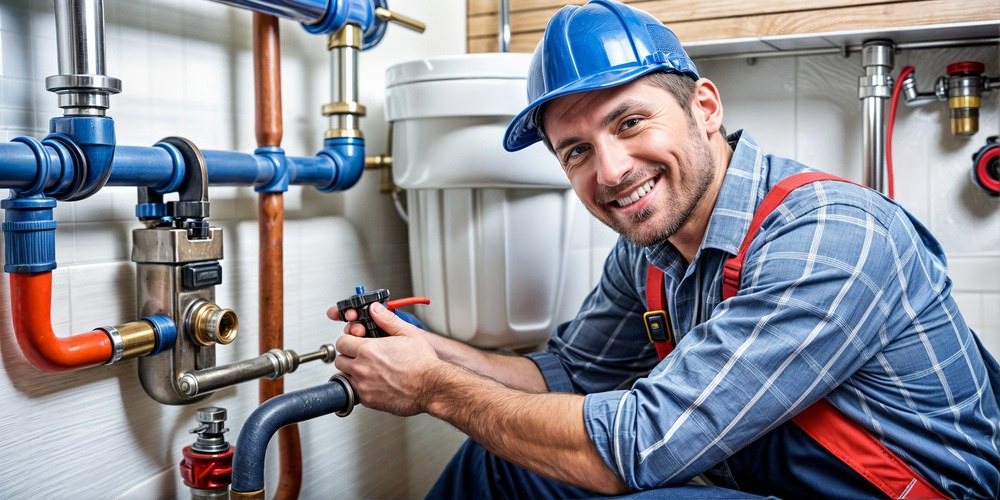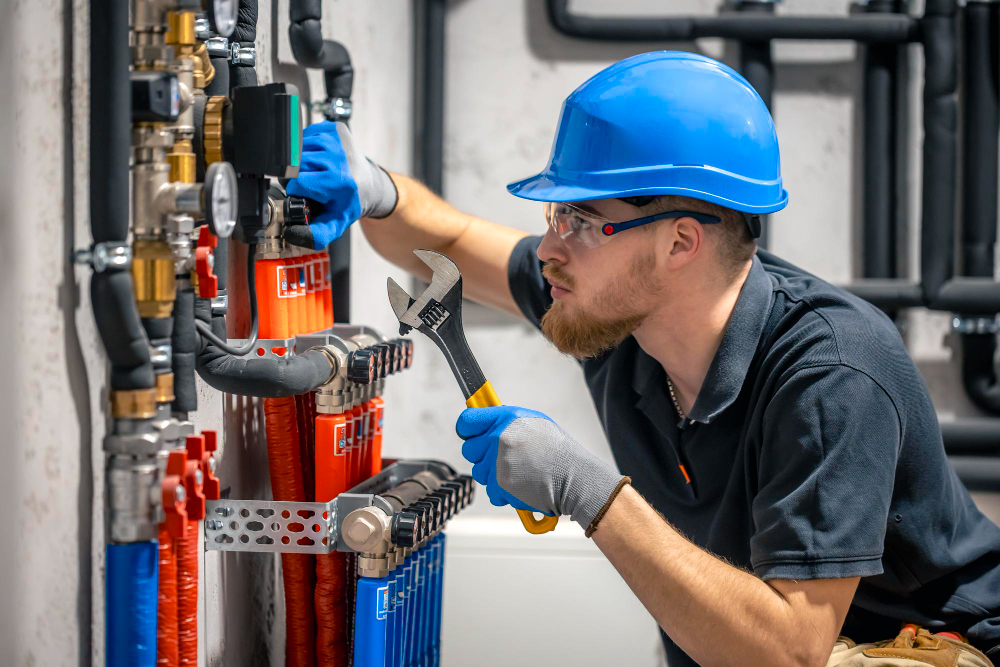How to Spot and Fix Hidden Plumbing Leaks in Your Home

Hidden plumbing leaks are silent troublemakers. They often go unnoticed until they cause significant damage, including structural issues, mold growth, and skyrocketing water bills. Learning how to identify and address these leaks early can save you a lot of hassle and expense. Here’s a step-by-step guide to spotting and fixing hidden plumbing leaks in your home.
Why Hidden Leaks Are a Big Problem
- Water Damage: Persistent leaks can weaken walls, floors, and ceilings, leading to costly repairs.
- Mold and Mildew: Excess moisture creates the perfect environment for mold, which can harm your health.
- Increased Utility Bills: Even a small leak can waste hundreds of gallons of water over time.
How to Spot Hidden Plumbing Leaks
1. Monitor Your Water Bill
If your water usage hasn’t changed but your bill has suddenly spiked, it’s a strong indicator of a hidden leak. Compare your current bill to previous months to identify unusual patterns.
2. Check Your Water Meter
- Turn off all faucets, appliances, and water-using systems in your home.
- Take a reading on your water meter and wait for about an hour.
- If the reading changes despite no water usage, you likely have a leak.
3. Look for Water Stains
- Yellow or brown stains on ceilings, walls, or floors often signal water damage.
- Pay attention to areas near bathrooms, kitchens, or laundry rooms.
4. Inspect for Musty Odors
A musty smell often indicates mold or mildew caused by excess moisture. Focus on areas like basements, under sinks, or behind walls.
5. Listen for Dripping or Hissing Sounds
You may hear water dripping or hissing behind walls or under floors, especially at night when the house is quiet.
6. Test for Wall or Ceiling Softness
Press lightly on walls or ceilings near suspected leak areas. A spongy or soft texture could indicate water damage.
7. Check for Warm or Damp Spots
Walk barefoot on your floors and feel for unexplained warmth or dampness, especially in areas with water pipes.
Common Places Where Hidden Leaks Occur
- Behind Walls: Leaks in supply or drain pipes inside walls are hard to spot without visible signs like stains.
- Under Floors: Slab leaks or leaking pipes under tiled or wooden floors can cause subtle warping or dampness.
- Ceilings: Leaks from upstairs bathrooms or water lines often show up as stains on ceilings below.
- Around Fixtures: Faucets, toilets, or showerheads can have leaks that seep into hidden areas.
How to Fix Hidden Plumbing Leaks
1. Tighten or Replace Fixtures
- If the leak is coming from a faucet or showerhead, tighten the connections.
- Replace old washers or O-rings if they’re worn out.
2. Repair or Replace Leaky Pipes
For small visible leaks:
- Turn off the water supply.
- Use pipe repair tape, a pipe clamp, or epoxy putty as a temporary fix.
For severe leaks:
- Call a professional plumber to replace damaged sections of pipe.
3. Seal Leaky Toilet Bases
If water is pooling around your toilet, the wax seal may be compromised. Remove the toilet, replace the seal, and reattach the fixture securely.
4. Fix Slab Leaks
Slab leaks require professional intervention. A plumber can use advanced tools like acoustic sensors or thermal imaging to locate and repair the issue.
5. Address Mold and Water Damage
- Remove and replace water-damaged drywall or flooring.
- Treat mold with a mold remediation solution or call a professional if the infestation is severe.
Preventing Future Plumbing Leaks
- Schedule Regular Inspections: Have a professional plumber inspect your system annually to catch potential problems early.
- Install a Leak Detection System: Smart leak detectors can alert you to issues before they cause significant damage.
- Maintain Water Pressure: High water pressure can strain pipes and lead to leaks. Install a pressure regulator if needed.
- Insulate Pipes: Prevent freezing and bursting during cold weather by insulating exposed pipes.
- Replace Old Plumbing: Pipes made of galvanized steel or polybutylene are prone to corrosion and leaks. Upgrade to modern materials like PEX or copper.
When to Call a Professional Plumber
While some leaks are manageable with DIY fixes, others require professional expertise:
- Leaks hidden behind walls or under floors.
- Recurring leaks that indicate a bigger issue.
- Slab leaks or leaks involving main water or sewer lines.
Conclusion
Hidden plumbing leaks are more than just a nuisance—they can cause serious damage and health risks if ignored. By learning how to identify the warning signs and taking immediate action, you can save money, protect your home, and maintain a safe living environment.




